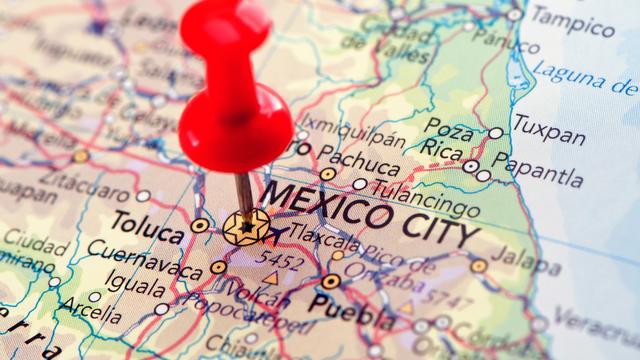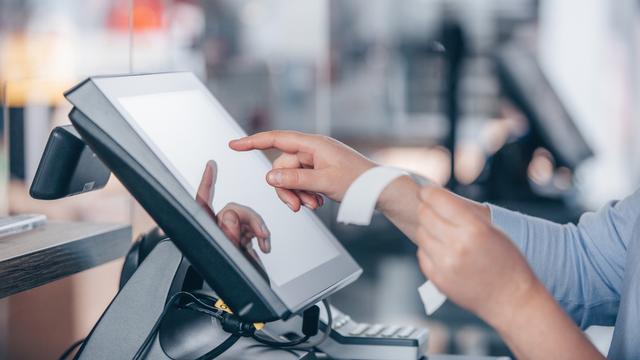Still not sure which type of thermal printer is the best for you?
Thermal printers have been an integral part of the restaurant industry since their inception. They’re efficient, predominantly easy to use, and can benefit restaurants immensely. The thing is, along with technology, they have advanced and diversified, which makes it hard for restaurant managers and owners. Which thermal printers should you buy? Which one is better for your business? Which one will cause the least problems for you?
Those are all hard questions to answer – not all thermal printers are made equal. In this guide, we won’t impose answers on you, but we’ll help you make an informed decision. Let’s get right into it!
Why are Thermal Printers Necessary?
The only question we will answer is this. Thermal printers are necessary for many reasons. They can be divided into two categories – importance for customers and for restaurants. Even though these categories exist, they still come from the same source – they’re important because of taxes and different governments around the world.
Thermal Printers are Efficient for Restaurants

For restaurants and customers alike, receipts are vital as proof of purchase. For restaurants, they’re also important to keep track of sales, payment methods, details about the customer, and dates.
In some places around the world, receipts are still used to keep track of accounting books and cash register closure or cashier balancing – which, again, are vital for taxes. Thermal printers are still relevant because they are efficient.

Additionally, thermal printers are also very useful to optimize the flow of the restaurant. For example, while using the Waiterio Restaurant POS app, you can send orders directly to the kitchen, and they can be printed with a thermal printer. That makes keeping track of orders much easier.
Another smaller benefit of thermal printers is that they print using a very efficient process that doesn’t require ink. That can save a lot of money on logistics because restaurants print receipts daily!
Customers Need Their Receipts!
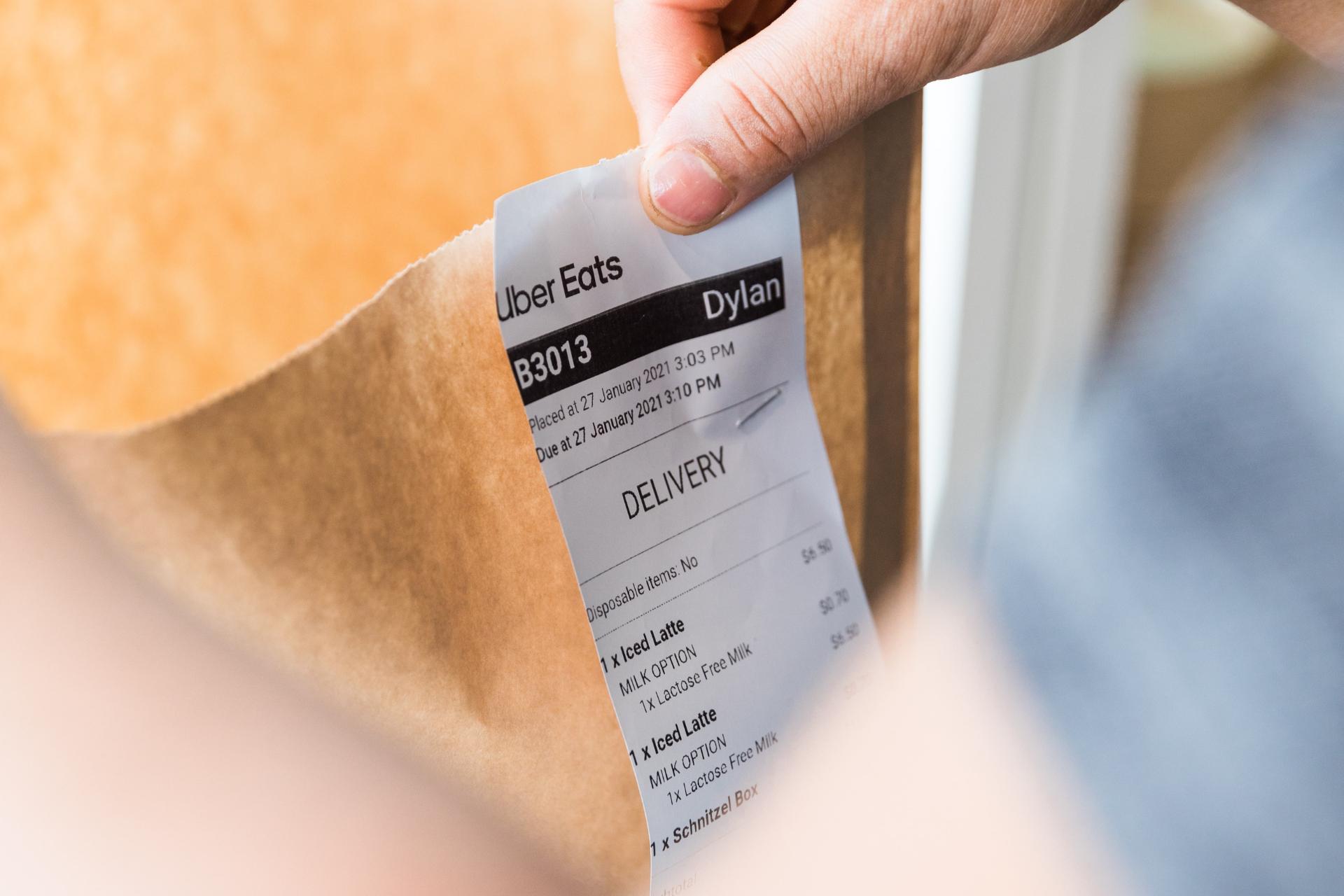
Thermal printers are not important for clients – what they produce is! Receipts are important for clients who want to keep track of their expenses for budgeting or tax purposes. In some countries, it’s mandatory to give each customer a receipt of their purchase, regardless of whether they toss it away later or right in front of you.
Types of Thermal Printers
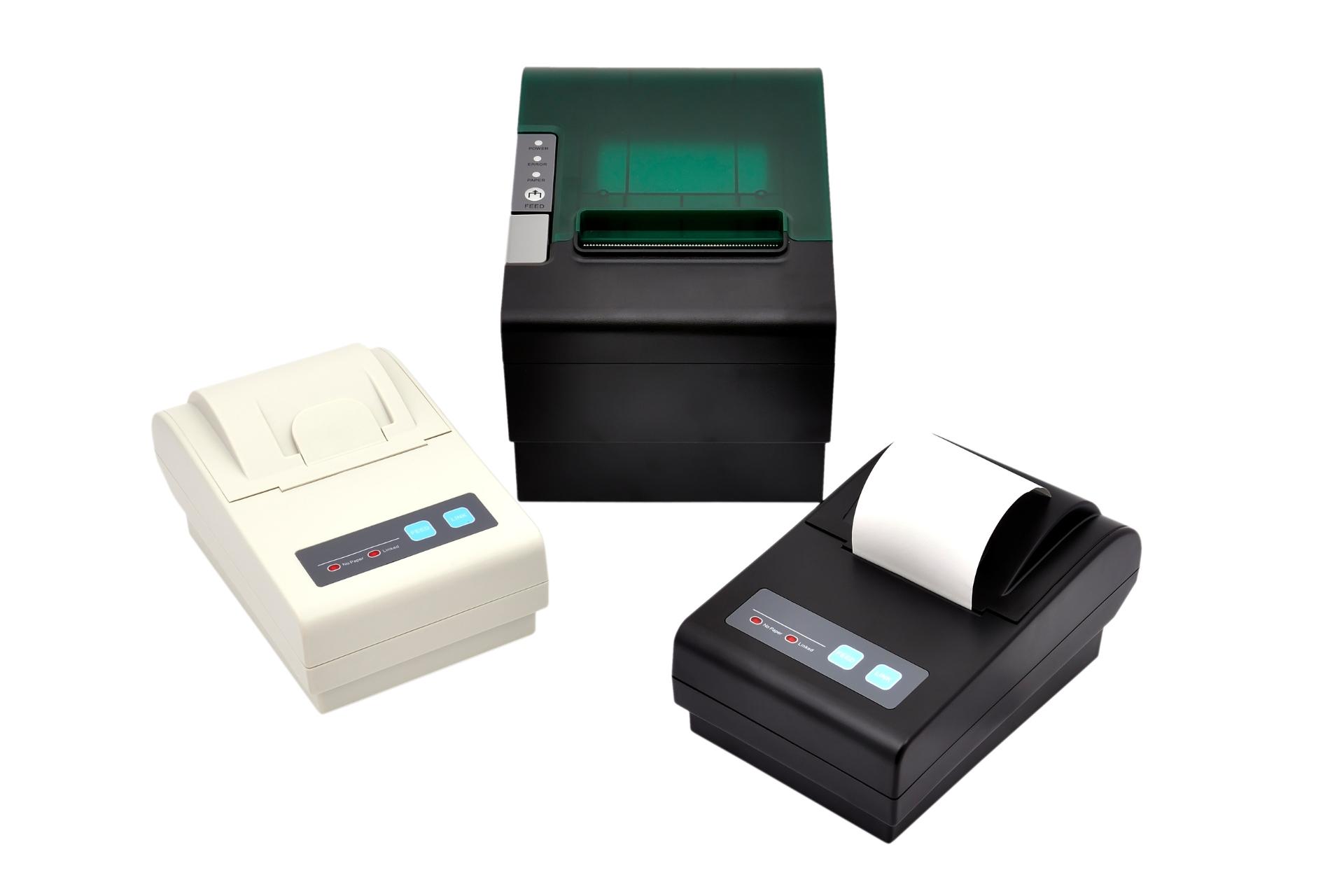
Now that we’ve established that thermal printers and receipts are crucial for a restaurant and its clients, we can talk about the different types of thermal printers. We won’t talk about models because there are thousands of them! Instead, we’ll focus on the different kinds of connection interfaces that they can use.
As you’ll learn below, the type of connection is a very important matter because it determines their usability, their price, as well as their effectiveness for each scenario. Some printers are better suited for certain businesses!
Note: We've created a few video tutorials on how to install them. You can find them on our YouTube channel. That way you can compare easily which one is better suited for your needs.
USB Thermal Printers
USB thermal printers earned the first spot on this list because they’re more convenient than anything else. They are easy to use and come with the good ol’ Plug & Play feature – just plug them in and start using them!
The main advantages of USB thermal printers are:
- They are the easiest to install.
- Even if you have to download drivers for them, they’re easy to find.
- They are pretty straightforward if they’re Plug & Play.
- They cause very few problems if you use macOS.
- You can use them with any device that’s compatible with USB if you find the right drivers.
- They are very reliable once installed and cause very few issues.
- They are impervious to connection issues and interruptions.
- You can even connect them to mobile devices using computers with WiFi or Ethernet as proxies with the Waiterio app.
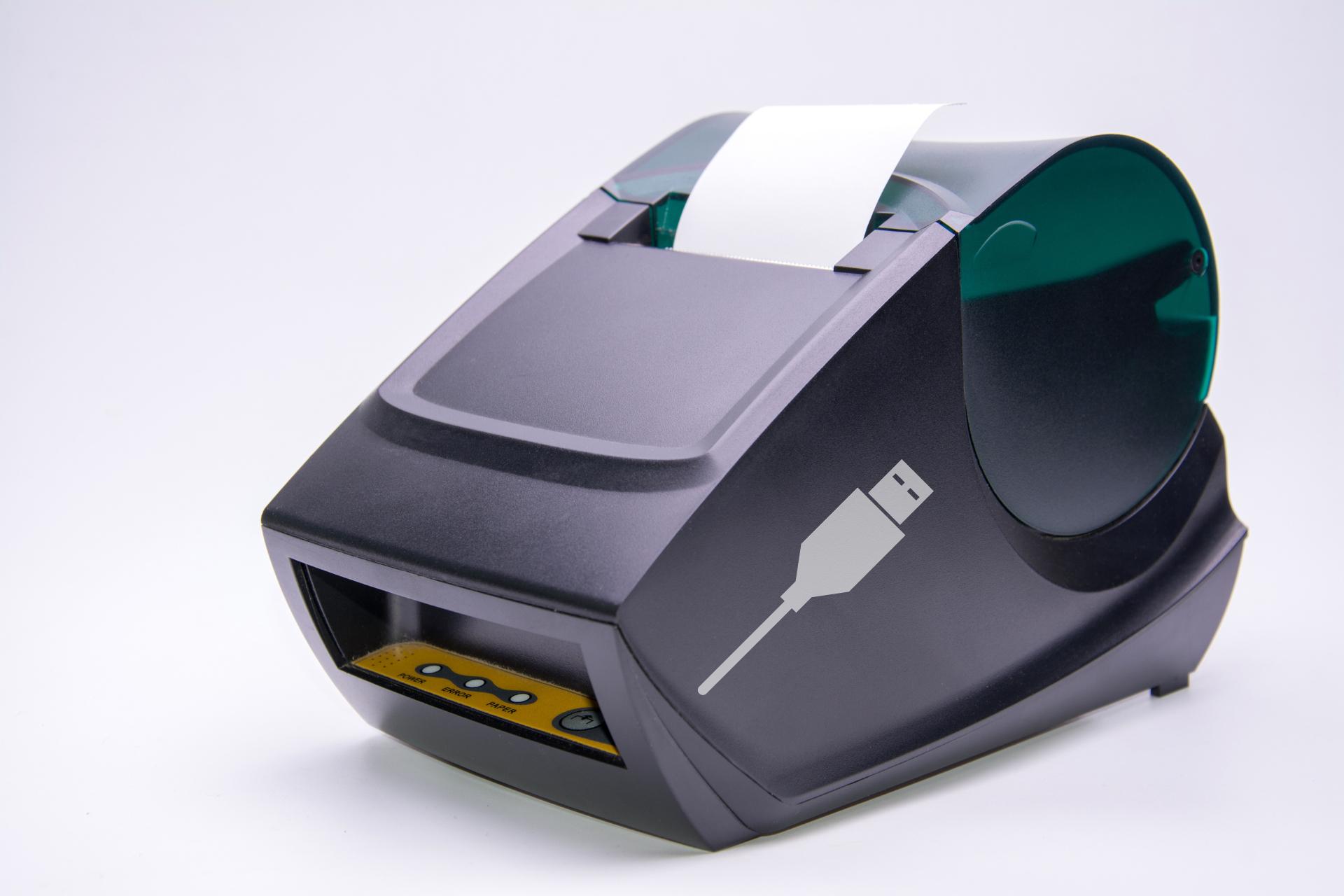
Additionally, USB thermal printers are very cheap and are widely available everywhere. The main downside is that if you’re using Windows, you will have to look for drivers and install them manually. Check out our guide on how to set up a USB thermal printer to get them
Ethernet Cable Thermal Printers
Ethernet or LAN cable-only thermal printers are the second-best on this list. Current models even come with a USB and other ports!
The advantages of this type of printer are:
- They’re slightly easier to install than WiFi printers.
- They’re very reliable in terms of connectivity.
- They are slightly faster than USB printers.
- They are also cheaper than WiFi printers.
- They are easier to find!
However, this type of printer can cause issues during installation. They rely on cables that are more delicate than USB cables if they’re not high-grade. Check out our guide on how to install Ethernet Cable thermal printers to use with the Waiterio app!
WiFi Thermal Printers
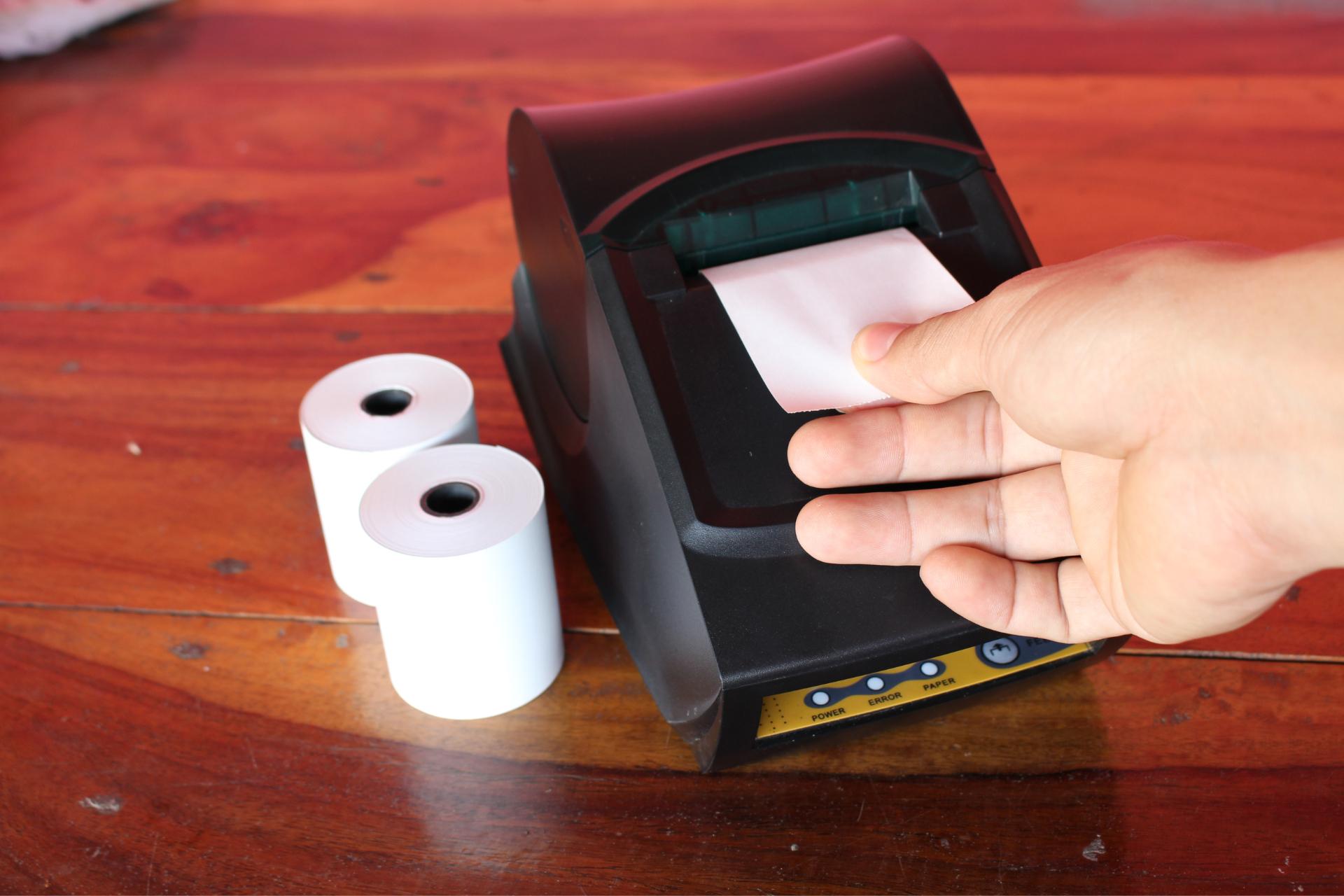
WiFi thermal printers are third. They might seem like the best but think twice if they seem too convenient.
The main advantages of WiFi thermal printers are:
- Usually, they come equipped with an extra interface, like a USB port.
- You can place them anywhere in your restaurant.
- They have fewer issues with interrupted connections and interference when compared to Bluetooth printers.
- They have fewer compatibility issues. You can use them with any device with a WiFi connection.
Still, WiFi thermal printers are not perfect – they have significant disadvantages:
- They are the third hardest type to install.
- You need a good router to use them comfortably.
- If your restaurant is huge, you might need WiFi signal repeaters or boosters.
Even though that’s the case, if you don’t like the idea of long USB or Ethernet cables, then they might be for you.
Bluetooth Thermal Printers
Bluetooth thermal printers are hard to judge – there’s no doubt they’re convenient, but they can also be a pain.
The main advantages of Bluetooth thermal printers are:
- They’re rather easy to set up with any device that uses Bluetooth.
- They save you from having to use cables.
- They can do exactly the same thing as any other thermal printer.
- They’re compatible with most Bluetooth devices that can be connected to them.
- They’re slightly cheaper than WiFi printers.
- They’re perfect for small food businesses like food trucks and food carts!
Of course, Bluetooth isn’t the most predominant tech when it comes to signal strength. That’s one of the main reasons why this type of printer is in last place:
- Bluetooth devices can have issues covering big or medium areas.
- Signal strength can struggle even with small spaces if there are a lot of walls between the main device.
- Overall, the signal strength issues might be too much to overcome with their advantages.
Don’t get us wrong – these printers are good. Especially if you can’t carry a router or hotspot device around comfortably. However, they’re still good in specific scenarios, like food trucks.
Other Types of Thermal Printers
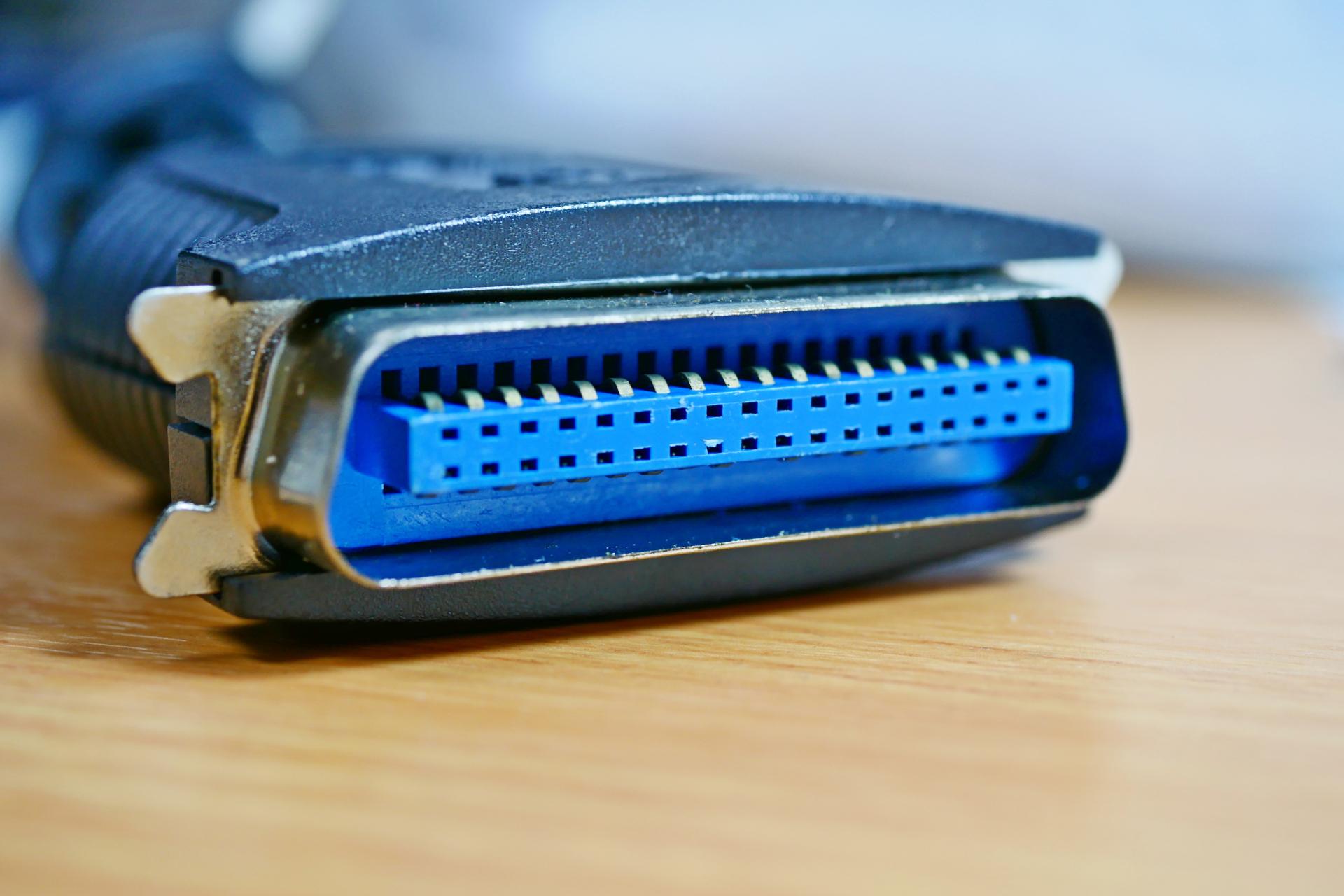
There are other types of thermal printers that use several connection methods, like USB/LAN cables, WiFi/Bluetooth or Bluetooth/USB, and more. These are useful as well, but they can be more costly and unnecessary if you can do the same things with a regular USB or Ethernet Cable printer. Other types are serial and parallel port printers but these are outdated and were replaced by USB printers.
Other Categories
Aside from categorizing thermal printers using their connection interfaces, they can also be categorized according to the:
- Size.
- Size of the receipts they print.
- Type of paper they use.
- Compatibility – like printers used with mobile devices or desktop computers.
- The business they’re for.
As with other products, they can also be categorized with price tiers, like high and low-end. We understand that this can be confusing. That’s why we’ve created buying guides:
Hopefully, these guides will help you get the most suitable printer for your business and use scenario.
Thermal Printers: A Blessing or a Curse?
We believe that thermal printers are a growing pain. The restaurant industry is going through a transition phase towards wireless, digital, and overall more convenient solutions.
The way things are going, soon we’ll be managing all of this virtually. Virtual receipts and blockchain-like proof of purchase inside the metaverse are the future – or maybe not!
So, until we get there, we’ll have to settle with any of these reliable, convenient, and easy-to-use thermal printers.
What’s your take on this matter?
![Thermal Printers for Restaurants [Ultimate Guide]](https://www.imagelato.com/images/thermal-printers-restaurants-99cf59a7-1024w.jpg)


